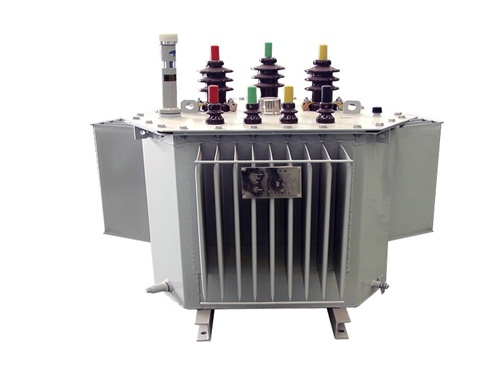

Inquiry

Project Review

Machining

Quality Control

Pass/Fail

Delivery
The main components of an oil-immersed transformer can be summarized as follows:

Iron Core
Function: The iron core is the primary magnetic circuit component of the transformer, composed of high-permeability silicon steel sheets laminated together to conduct and concentrate the magnetic field.
Structure: It typically consists of core limbs and yokes. The core limbs are where the windings are mounted, and the yokes connect the core limbs to form a closed magnetic circuit.
Windings
Function: The windings are the electrical circuit components of the transformer, wound from copper or aluminum conductors to transmit electrical energy.
Types: They are divided into high-voltage windings and low-voltage windings. The number of turns and conductor cross-sections of the windings vary according to the transformer's voltage level and capacity.
Structure: The windings are usually mounted on the core limbs and maintained in insulation from the iron core.
Oil Tank
Function: The oil tank serves as the outer casing of the oil-immersed transformer, housing the transformer oil and protecting the internal components from the external environment.
Structure: The oil tank is typically welded from steel plates, providing good sealing and mechanical strength. It is also equipped with accessories such as an oil level gauge and an oil drain valve for monitoring and controlling the oil level and drainage of the transformer oil.
Transformer Oil
Function: Transformer oil plays a role in both insulation and cooling within the oil-immersed transformer. It fills the space between the oil tank and the windings, forming oil channels to facilitate heat dissipation.
Characteristics: Transformer oil must possess good insulating properties, thermal conductivity, and chemical stability.
Insulating Bushings
Function: Insulating bushings are used to lead the high-voltage and low-voltage leads of the transformer windings to the exterior of the oil tank while maintaining insulation between the leads and the oil tank.
Types: Depending on the voltage level and insulation requirements, there are various types of insulating bushings, such as porcelain bushings, oil-filled bushings, and capacitor bushings.
Tap Changer
Function: The tap changer is used to alter the turns ratio of the transformer windings, thereby adjusting the output voltage of the transformer.
Types: There are two main types: off-circuit tap changers and on-load tap changers. Off-circuit tap changers require the transformer to be de-energized for voltage adjustment, whereas on-load tap changers can adjust the voltage while the transformer is energized.
Protective Devices
Function: Protective devices are used to monitor the operating status of the transformer and promptly disconnect the power supply in the event of a fault to protect the transformer from damage.
Types: Common protective devices include gas relays (Buchholz relays), pressure relief valves, thermometers, and oil level gauges. Gas relays monitor fault gases inside the transformer, pressure relief valves release pressure when the internal pressure of the transformer is too high, and thermometers and oil level gauges are used to monitor the temperature and oil level of the transformer, respectively.

The main products include oil immersed transformers, dry-type transformers, power transformers, amorphous alloy transformers, mining transformers, box type substations, high and low voltage switchgear and supporting products
Add: South Head of Mount Huangshan Road, Liaocheng Development Zone, Shandong, China
Email:sdbyqcj@163.com
Tel: +86 13706354419